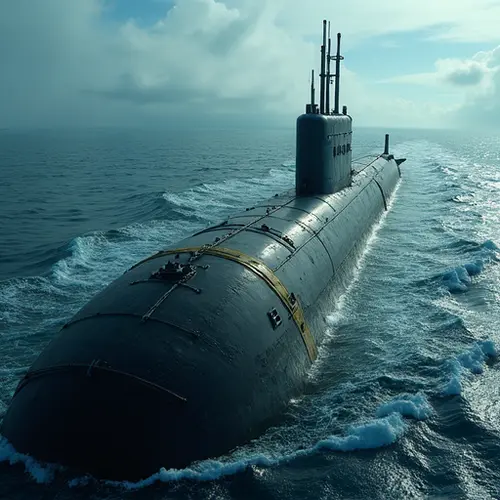
Major Bandwidth Boost for Transatlantic Data Traffic
In a significant infrastructure upgrade, tech companies have completed the modernization of key transatlantic fiber optic cables to 400G capacity. This enhancement doubles previous bandwidth capabilities, enabling faster data transfer between North America and Europe at speeds of 400 gigabits per second per wavelength.
The Technology Behind the Upgrade
The upgrade leverages Ciena's WaveLogic 5 Extreme coherent optical technology, allowing more data to travel through existing fiber pairs. Advanced modulation techniques and probabilistic constellation shaping optimize signal quality over the 6,600 km submarine route. This represents the latest evolution since the first transatlantic telegraph cable became operational in 1858.
Impact on Global Connectivity
The increased capacity supports surging demand for:
- Cloud computing services
- 4K/8K video streaming
- Financial trading platforms
- IoT and AI applications
- Scientific research collaborations
Key Players and Infrastructure
Aqua Comms led the upgrade of the AEC-1 cable system, while consortiums including Microsoft, Meta, and Vodafone modernized the Amitié cable. These cables now feature 25+ terabits per second capacity per fiber pair. The $300 million project involved specialized cable-laying ships like the CS Durable and took 18 months to complete.
Future Developments
Engineers are already testing 800G prototypes, with terabit-per-second capabilities expected by 2028. New cables along Arctic routes are being planned to reduce latency further. "This upgrade future-proofs our digital economy," states network architect Dr. Elena Rodriguez.

 Nederlands
Nederlands
 English
English
 French
French
 Deutsch
Deutsch
 Espaniol
Espaniol
 Portugese
Portugese








